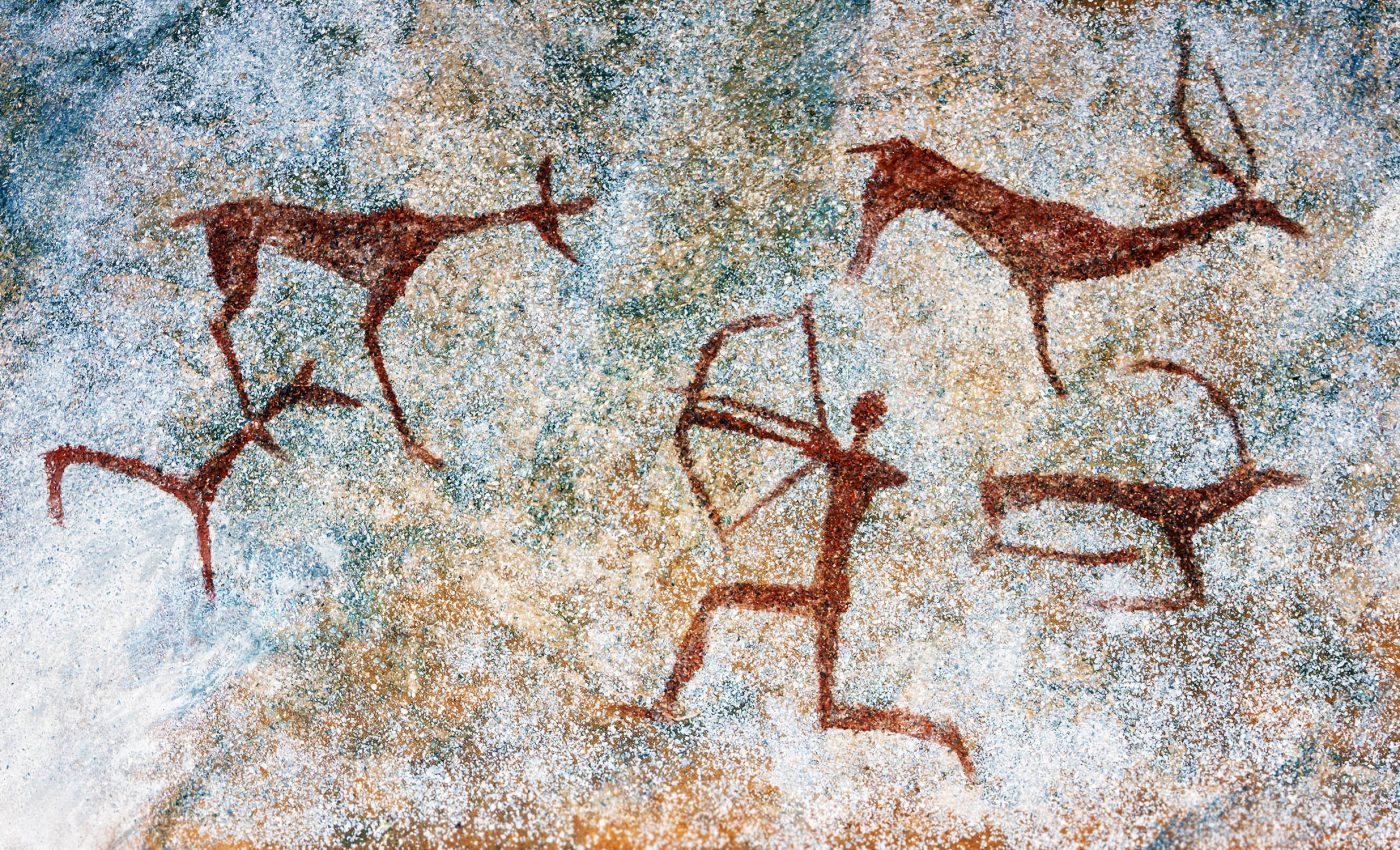
Neanderthal discovery adds new layer of mystery to what caused their extinction
An uncharted area in the foothills of the Southern Pyrenees in Spain is shedding new light on a little-understood period of Neanderthal history, offering clues that may help archaeologists unravel the mystery of their eventual extinction.
This research centers on the site of Abric Pizarro, one of the few locations worldwide that dates back to the period known as MIS 4, which spans from approximately 100,000 to 65,000 years ago.
Sophisticated survival and hunting strategies
According to a new study conducted by the Australian National University (ANU), scientists have unearthed hundreds of thousands of artifacts at this site, including stone tools, animal bones, and other significant evidence.
These artifacts provide invaluable data about the Neanderthal way of life during a time that has largely remained a blank in human history until now.
The findings reveal that Neanderthals were highly adaptable to their environment, challenging their longstanding reputation as sluggish, primitive beings.
Instead, the research sheds light on their sophisticated survival and hunting strategies.
Understanding Neanderthal basics
Neanderthals inhabited Europe and parts of Asia between 400,000 and 40,000 years ago. They had robust, muscular bodies and a stocky build. These adaptations enabled them to thrive in cold climates by effectively retaining heat.
Their distinct facial features included a prominent brow ridge, a large, wide nose, and a sloping forehead, contributing to a powerful appearance.
Their skulls were elongated with a slightly lower forehead than modern humans, but their brains were comparable in size. This fact suggests that they possessed similar cognitive abilities.
Neanderthals were physically strong, with thick bones and well-developed muscles, which equipped them for the demanding tasks of hunting and surviving in challenging environments.
Additionally, they exhibited a unique adaptation in their hands and fingers, which were shorter and broader, providing a powerful grip essential for tool-making and other manual tasks.
DNA evidence shows that they interbred with early Homo sapiens, which contributes to the genetic makeup of non-African populations today. This interbreeding hints that the two species coexisted for a while and might have shared knowledge and culture.
Deep knowledge of their surroundings
Dr. Sofia Samper Carro, the lead author of the study and an archaeologist at ANU, explained that the discoveries at Abric Pizarro demonstrate the Neanderthals’ deep knowledge of their surroundings and their resilience in the face of harsh climatic conditions.
“Our surprising findings at Abric Pizarro show how adaptable Neanderthals were. The animal bones we have recovered indicate that they were successfully exploiting the surrounding fauna, hunting red deer, horses, and bison, but also eating freshwater turtles and rabbits, which imply a degree of planning rarely considered for Neanderthals,” said Dr. Samper Carro.

These insights challenge the widespread belief that Neanderthals exclusively hunted large animals, such as horses and rhinoceroses.
“Through the bones that we are finding, which display cut marks, we have direct proof that Neanderthals were capable of hunting small animals,” Samper Carro added.
What led to the extinction of Neanderthals?
The well-preserved bones at Abric Pizarro clearly show how Neanderthals processed and butchered their prey.
Additionally, the analysis of stone artifacts from the site indicates a wide variety of tools, further demonstrating the Neanderthals’ ability to utilize the available resources effectively.
Understanding this critical transitional period brings archaeologists closer to solving the long-standing mystery of what ultimately led to the Neanderthals’ extinction.
The researchers believe that discovering sites like Abric Pizarro, which date from this specific and previously under-recorded period, offers valuable information about how Neanderthals lived when modern humans had not yet arrived in the region, revealing that they were thriving at that time.
Modern humans and Neanderthal extinction
“The unique site at Abric Pizarro gives a glimpse of Neanderthal behavior in a landscape they had been roaming for hundreds of thousands of years,” explained Dr. Samper Carro.
“Neanderthals disappeared around 40,000 years ago. Suddenly, we modern humans appear in this region of the Pyrenees, and the Neanderthals disappear.”
However, before that, Neanderthals had been living in Europe for almost 300,000 years. They clearly knew what they were doing. They knew the area and how to survive for a long time.”

One of the most intriguing aspects of Abric Pizarro is that it provides unique insights into a time when Neanderthals were living alone in Europe, facing challenging conditions, and yet thriving before the arrival of modern humans.
Thanks to advanced excavation techniques, Abric Pizarro and other nearby Neanderthal sites are yielding detailed data that help researchers understand Neanderthal behavior more precisely.
“We 3D plot every single remain found larger than one to two centimeters. This makes our work slow, and we have been excavating some of these sites for over 20 years, but it turns into a uniquely precise recording of the sites,” Samper Carro said.
Neanderthal life and extinction
The meticulous excavation process allows archaeologists to connect different pieces of evidence – such as stone tools, bones, and hearths – providing a clearer picture of how Neanderthals lived and how long they occupied specific areas.
“It’s not only the individual materials that give us clues, but also where exactly they are found in relation to other materials on the site that helps us understand how and when Neanderthals were visiting these sites. Were they settled there or just passing through?”
These detailed findings from Abric Pizarro are helping to build a more comprehensive understanding of Neanderthal life during a crucial period in prehistory, bringing researchers one step closer to understanding the factors that contributed to their eventual disappearance.
—–
Like what you read? Subscribe to our newsletter for engaging articles, exclusive content, and the latest updates.
Check us out on EarthSnap, a free app brought to you by Eric Ralls and Earth.com.
—–













